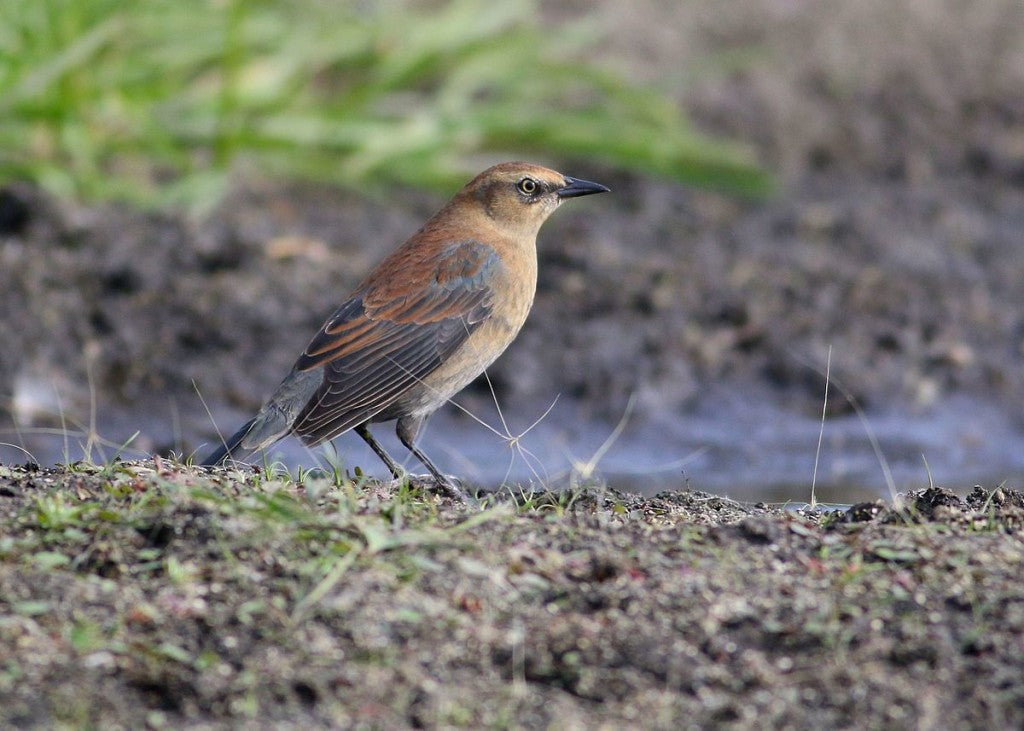Offer
Provide additional details about the offer you're running.
Provide additional details about the offer you're running.
Provide additional details about the offer you're running.

By dfaulder (Rusty Blackbird) [CC BY 2.0 (http://creativecommons.org/licenses/by/2.0)], via Wikimedia Commons
The rusty blackbird can typically be found in wet areas such as swamps, marshes, bogs and beaver ponds as they forage for food. These birds spend their summers in most Canadian provinces before they migrate into the southern United States during the winter season.
These birds, however, have experienced one of the most significant declines ever documented among North American birds. In fact, findings from surveys such as the North American Breeding Bird Survey and Christmas Bird Counts suggest these birds have lost up to 95% of their population since the mid-1900’s.
A recent study by a team of researchers in the United State is beginning to shed some real light on the reason we are witnessing this bird species disappear. The researchers spent the breeding seasons of 2011 and 2012 in the Moosehead Lake region in Maine as well as the Umbagog Lake-Androscoggin River region of New Hampshire. They were able to locate 72 rusty blackbird nests and installed motion-triggered infrared cameras at 29 of those nest in an attempt to record additional date for their study.
What they learned was astonishing.
Eight predation events were recorded on camera during the length of their study; two instances in 2011 and six documented predation events in 2012. Red squirrels were responsible for at least four of five events in 2012 in the state of Maine. What researchers also noticed was that 2011 yielded an abundant spruce-fir cone crop in 2011, which is believed to account for the red squirrel predation in 2012.
What was previously blamed on habitat loss and timber harvesting was now beginning to look as if the nest-predation rates may have been driven more by ecological processes such as years of higher-than-normal cone production.
In addition to squirrels, the other predators of the recorded nests included a hawk, a blue jay and a white-tailed deer feasting on the rusty blackbird nests.
High Quality Blend